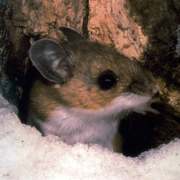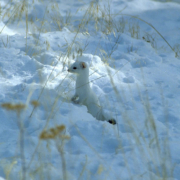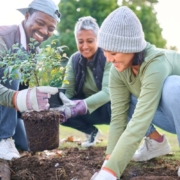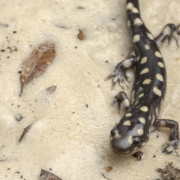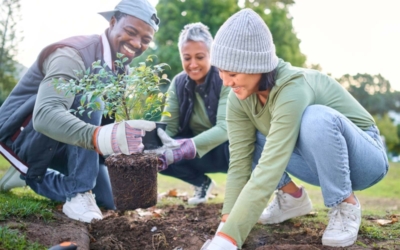Connecting to Enhance WHC Certification
In early February, the Wildlife Habitat Council (WHC) convened an impressive group of stakeholders to kick-start the design phase of an enhanced certification program that, when launched, will incorporate contemporary conservation and education initiatives to ensure and incentivize the best conservation projects and education programs across WHC’s membership.
This meeting was attended by representatives from federal agencies including Interior, Agriculture, State, Education, Defense and EPA. Non-profit partners Pollinator Partnership, Defenders of Wildlife, The Conservation Fund, The Nature Conservancy, and Monarch Watch also participated. Representing the WHC corporate membership were employees from ExxonMobil, Waste Management, Bridgestone, BP, and others.
A number of themes emerged from this meeting but every breakout group circled back to the theme of “connections” and the challenges and opportunities for making them happen. It seems that the unique nature of the conservation and education projects developed and delivered by the members of WHC offers many chances to connect. Here are some of the unique opportunities discussed at the meeting:
Connecting across boundaries: The desire to transcend boundaries—to work “across the fence”—surfaced throughout the day. In the US, that means connecting conservation work being conducted on private land with that being done on public lands, whether held by the state or federal government. On the global level, many WHC members have operations outside the borders of a single country and can use their global operations to impact wildlife and environmental health across these borders. WHC member PPG Industries’ work connecting monarch habitat on two of its properties in Mexico and Pennsylvania is a prime example of using projects in different countries to benefit a single species and connect education efforts in support of a species that is in serious decline across its range.
Connecting to Corporate STEM goals: Many of WHC’s members invest in STEM education to create the scientifically literate workforce necessary for their future operations. These investments support the work of large efforts advancing STEM on the national stage. Through their work with WHC, members can use their lands to promote STEM education by providing hands-on, relevant STEM opportunities to learners of all ages. For example, Waste Management’s El Sobrante Landfill and Wildlife Preserve in California provides an opportunity for children to learn the science of landfill operations and management of wildlife including rare and recovering species.
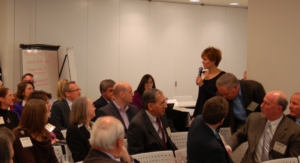
The Wildlife Habitat Council (WHC) convened an impressive group of stakeholders to kick-start the design phase of an enhanced certification program.
Connecting within industry sectors: When the National Ready Mixed Concrete Association (NRMCA) wanted to connect its members with a common approach to biodiversity projects, it partnered with WHC to develop a biodiversity toolkit. This toolkit provides operators of ready mixed concrete production facilities with examples of projects that enhance biodiversity with little or no impact on operations. The toolkit gives the operator guidance on starting a project and working towards certification. By creating a common starting point for facilities across the country, and beyond, WHC creates connections within this industry sector.
Through these connections, and many more, WHC believes that its members’ efforts amount to an outcome that is greater than the sum of its parts.
Building on this stakeholder meeting, we will continue, over the next 12 months, to explore these connections further. We plan to take the conversation across the country and beyond and, with our government and NGO partners define, formalize and internalize these connections, translate them into actions and projects that any corporate member can implement on their property for high quality conservation and education outcomes.
For information, contact Margaret.


